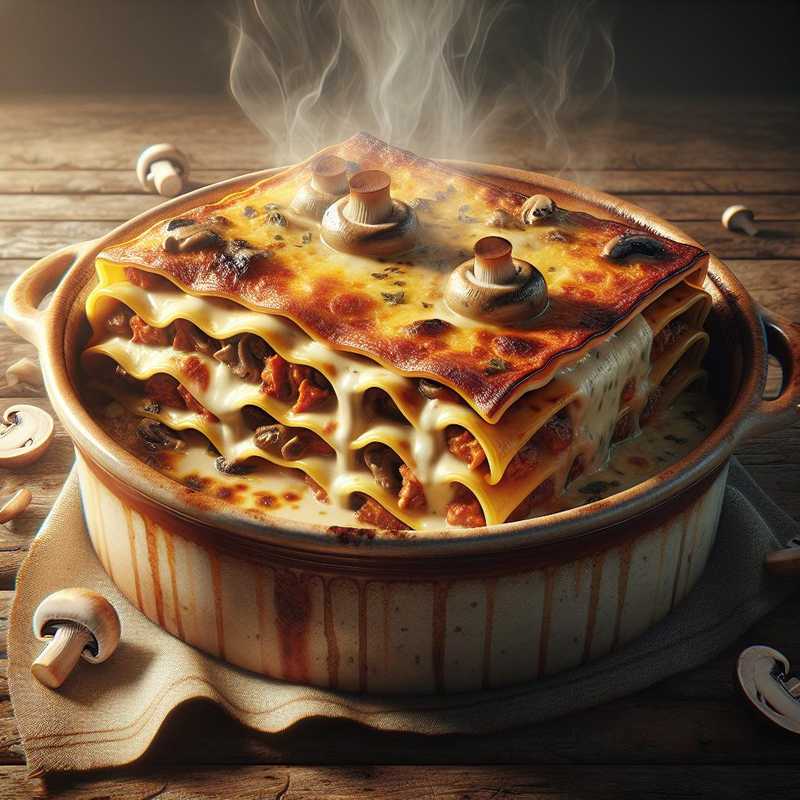Vincisgrassi
17/11/2023Vincisgrassi represents one of the most historical and elaborate versions of lasagna, a classic dish of Italian cuisine, originating from the Marches. The traditional recipe calls for the use of egg pasta, meat sauce, béchamel, and Parmesan cheese, often enriched with truffle or mushrooms. Here’s how to prepare Vincisgrassi:
Ingredients
- 500 g of egg pasta for lasagna
- 300 g of ground beef
- 300 g of ground pork
- 100 g of chicken livers
- 150 g of pancetta
- 1 onion
- 1 carrot
- 1 stick of celery
- 500 ml of tomato puree
- 100 ml of red wine
- 1 liter of milk
- 100 g of butter
- 100 g of flour
- Nutmeg to taste
- 200 g of grated Parmesan cheese
- Extra virgin olive oil to taste
- Salt and pepper to taste
Preparation
- Begin preparing the ragu: sauté the diced pancetta in a large skillet with a drizzle of oil. Add the finely chopped onion, carrot, and celery and let it brown.
- Add the ground meat and chopped chicken livers. Let it cook until golden, then deglaze with red wine and allow it to evaporate.
- Add the tomato puree, adjust salt and pepper, and cook on low heat for about 2 hours, adding water if necessary.
- For the béchamel, melt the butter in a small pot, add the flour and cook for a few minutes. Slowly pour in the hot milk, stirring continuously to prevent lumps. Cook until the sauce thickens and season with salt, pepper, and nutmeg.
- Cook the pasta sheets in plenty of salted water for a few minutes, then cool them in cold water and dry them on a clean cloth.
- Assemble the Vincisgrassi in a rectangular baking dish by alternating layers of pasta, ragu, béchamel, and grated Parmesan, finishing with béchamel and Parmesan.
- Bake in a preheated oven at 180 °C for about 30 minutes or until the surface is golden and crisp.
Curiosity
The name “Vincisgrassi” probably comes from a transcription error, a distortion or tribute to an Austrian general named Windisch-Graetz, who was in service in the area of the Marches in the early nineteenth century. The recipe has spread and transformed over time but has always maintained the prestige of being a rich and celebratory dish.
